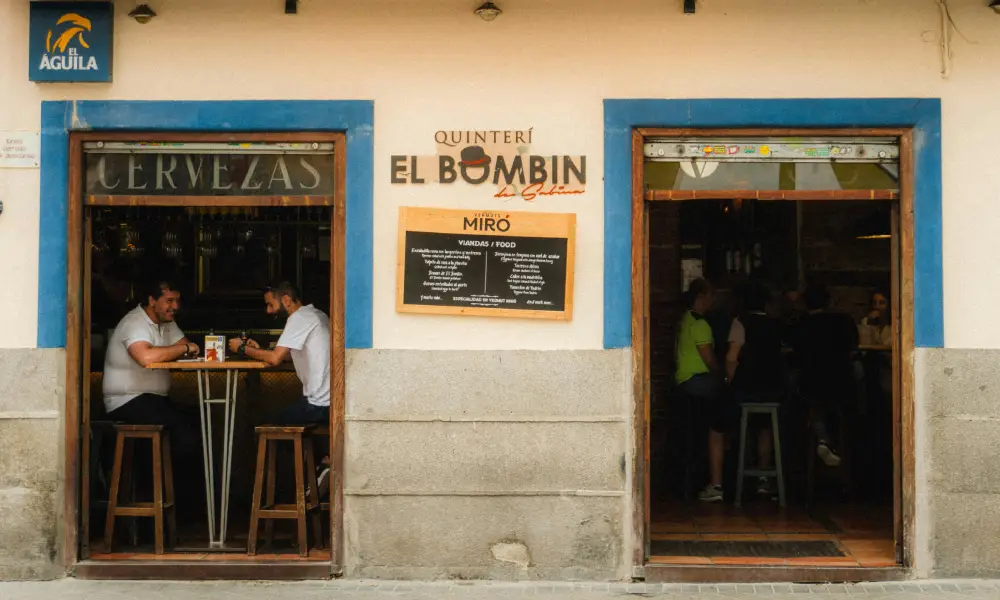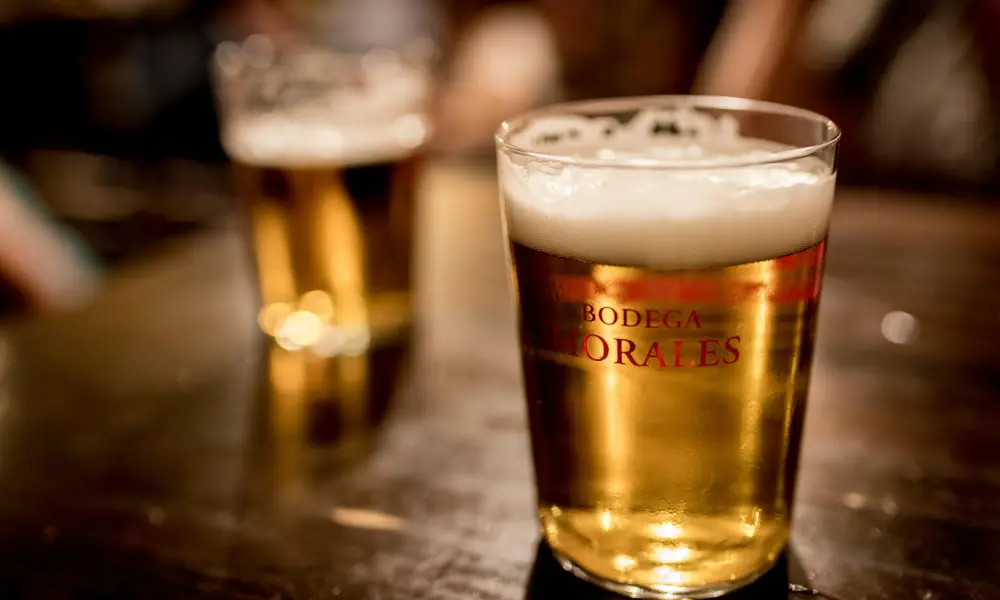How to say stuff in Spain involves much more than basic translation because effective communication requires understanding the cultural context, regional variations, and social nuances that make Spanish conversations authentic and meaningful. Spain’s rich linguistic landscape includes not just standard Spanish but regional languages, local expressions, and cultural phrases that help you connect with people on a deeper level.
Mastering essential Spanish phrases opens doors to genuine experiences that go beyond tourist interactions. Whether you’re ordering tapas in a traditional Andalusian bar, asking for directions in Barcelona, or chatting with neighbors about the weather, knowing how to express yourself naturally in Spanish transforms your entire experience of living in or visiting Spain.
Essential Greetings and Social Courtesies
Spanish social culture places enormous value on proper greetings and polite interactions, making these phrases crucial for every social situation.
Basic Greetings Throughout the Day
- Buenos días (bway-nos DEE-ahs) – Good morning (used until about 2 PM)
- Buenas tardes (bway-nas TAR-des) – Good afternoon/evening (2 PM to sunset)
- Buenas noches (bway-nas NO-ches) – Good evening/night (after sunset)
- ¡Hola! (OH-lah) – Hello (casual, any time of day)
- ¿Qué tal? (keh tahl) – How are things? (casual greeting)
Polite Expressions That Matter
- Por favor (por fah-VOR) – Please (essential for any request)
- Gracias (GRAH-see-ahs) – Thank you (always appreciated)
- De nada (deh NAH-dah) – You’re welcome (standard response)
- Perdón (per-DON) – Excuse me/Sorry (for getting attention or apologizing)
- Disculpe (dis-KOOL-peh) – Excuse me (more formal, for interrupting)
Navigation and Getting Around
Getting around Spanish cities and towns requires specific phrases that help you communicate clearly with locals about locations and directions.
Asking for Help and Directions
- ¿Dónde está…? (DON-deh es-TAH) – Where is…?
- ¿Cómo llego a…? (KO-mo YEH-go ah) – How do I get to…?
- ¿Me puede ayudar? (meh PWEH-deh ah-yu-DAHR) – Can you help me?
- Estoy perdido/perdida (es-TOY per-DEE-do/da) – I’m lost (masculine/feminine)
- ¿Está cerca? (es-TAH SER-kah) – Is it close?
Understanding Directions
- Recto/derecho (REK-to/deh-REH-cho) – Straight ahead
- A la izquierda (ah lah is-kee-YER-dah) – To the left
- A la derecha (ah lah deh-REH-chah) – To the right
- Al final de la calle (ahl fee-NAHL deh lah KAH-yeh) – At the end of the street
- En la esquina (en lah es-KEE-nah) – On the corner
Shopping and Commercial Interactions
Spanish shopping culture involves more personal interaction than many other countries, making conversational phrases essential for successful purchases.
Basic Shopping Phrases
- ¿Cuánto vale? (KWAN-to VAH-leh) – How much is it worth?
- ¿Tiene…? (tee-YEH-neh) – Do you have…?
- Me gustaría… (meh goos-tah-REE-ah) – I would like…
- ¿Puedo ver eso? (PWEH-do ver EH-so) – Can I see that?
- Lo llevo (lo YEH-vo) – I’ll take it
Dining Out and Food Culture
Spanish food culture is central to social life, making restaurant and bar phrases essential for authentic experiences.
Restaurant Basics
- Una mesa para… (oo-nah MEH-sah PAH-rah) – A table for…
- ¿Tienen sitio? (tee-YEH-nen SEE-tee-o) – Do you have space?
- La carta, por favor (lah KAR-tah por fah-VOR) – The menu, please
- ¿Qué me recomienda? (keh meh reh-ko-mee-YEN-dah) – What do you recommend?
- Para mí… (PAH-rah mee) – For me…
Tapas Bar Culture
- ¿Qué tapas tienen? (keh TAH-pas tee-YEH-nen) – What tapas do you have?
- Una caña (oo-nah KAH-nyah) – A small beer (very common order)
- Un tinto de verano (oon TEEN-to deh veh-RAH-no) – Red wine with soda (summer drink)
- ¿Viene con tapa? (vee-YEH-neh kon TAH-pah) – Does it come with a tapa?
Expressing Opinions and Emotions
Spanish conversation culture values emotional expression and personal opinions, making these phrases crucial for genuine interactions.
Positive Reactions
- Me encanta (meh en-KAN-tah) – I love it
- ¡Qué bueno! (keh BWAY-no) – How good!/Great!
- Está genial (es-TAH heh-nee-AHL) – It’s awesome
- Me parece perfecto (meh pah-REH-seh per-FEK-to) – It seems perfect to me
- ¡Fenomenal! (feh-no-meh-NAHL) – Phenomenal!
Weather and Small Talk
Weather discussions are universal conversation starters that help build rapport with Spanish speakers in any region.
Weather Vocabulary
- Hace calor (AH-seh kah-LOR) – It’s hot
- Hace frío (AH-seh FREE-o) – It’s cold
- Llueve (YOO-eh-veh) – It’s raining
- Hace sol (AH-seh sol) – It’s sunny
- Está nublado (es-TAH noo-BLAH-do) – It’s cloudy
Emergency and Health Situations
Knowing how to communicate during emergencies or health issues is essential for safety and peace of mind while in Spain.
Emergency Phrases
- ¡Socorro! (so-KO-rro) – Help!
- Llamen a la policía (YAH-men ah lah po-lee-SEE-ah) – Call the police
- Necesito un médico (neh-seh-SEE-to oon MEH-dee-ko) – I need a doctor
- ¿Dónde está el hospital? (DON-deh es-TAH el os-pee-TAHL) – Where is the hospital?
Regional Variations and Local Expressions
Spain’s diverse regions each contribute unique expressions and vocabulary that enrich your understanding of local culture.
Andalusian Expressions
- ¡Qué arte! (keh AR-teh) – How skillful!/Amazing!
- Mi arma (mee AR-mah) – My dear (affectionate term)
- ¡Ole! (OH-leh) – Bravo!/Excellent!
Madrid and Central Spain
- ¡Qué chulo! (keh CHOO-lo) – How cool!/Nice!
- Tío/Tía (TEE-o/TEE-ah) – Dude/Girl
- Guay (gwahy) – Cool/awesome
Technology and Modern Life
Modern Spanish incorporates many technology terms and contemporary expressions that reflect current lifestyle needs.
Technology Vocabulary
- El móvil (el MO-veel) – Cell phone
- El ordenador (el or-deh-nah-DOR) – Computer
- ¿Hay wifi? (ahy WEE-fee) – Is there wifi?
- La contraseña (lah kon-trah-SEH-nyah) – The password
Business and Professional Communication
Professional Spanish requires more formal language structures and specific vocabulary for workplace interactions.
Workplace Basics
- Buenos días, señor/señora (bway-nos DEE-ahs seh-NYOR/seh-NYO-rah) – Good morning, sir/madam
- ¿En qué puedo ayudarle? (en keh PWEH-do ah-yu-DAR-leh) – How can I help you?
- Tengo una cita (TEN-go oo-nah SEE-tah) – I have an appointment
Cultural Context and Usage Tips
Understanding when and how to use different Spanish expressions requires cultural awareness that goes beyond simple translation.
Formality Levels
- Tú vs Usted: Use “tú” for casual/familiar, “usted” for formal/respectful situations
- Age considerations: Use “usted” with elderly people unless they invite you to use “tú”
- Professional settings: Start with “usted” until the relationship becomes more casual
Learning Strategies and Practice Tips
Developing natural Spanish communication skills requires consistent practice and exposure to authentic Spanish conversations and culture.
Immersion Techniques
- Daily practice: Use Spanish phrases in everyday situations
- Media consumption: Watch Spanish TV shows, listen to Spanish radio
- Social interaction: Join Spanish conversation groups
- Cultural events: Attend local festivals and community gatherings
Building Authentic Connections Through Language
Learning how to say stuff in Spain effectively opens doors to meaningful relationships and authentic cultural experiences that transform your understanding of Spanish life and values.
Spanish communication culture emphasizes warmth, personal connection, and genuine interest in others over efficient information exchange. When you make the effort to learn proper Spanish phrases and use them appropriately, you demonstrate respect for Spanish culture and create opportunities for deeper relationships with locals who appreciate your commitment to their language.
Whether you’re planning a short visit to Spain or considering making it your permanent home, investing time in learning essential Spanish phrases will enrich every aspect of your Spanish experience. From ordering your morning café con leche to discussing your dreams with new Spanish friends, language skills provide the foundation for authentic cultural integration and lasting memories.
Your Spanish journey starts with a single phrase, but with consistent practice and cultural appreciation, you’ll soon be navigating Spanish life with the confidence and authenticity that makes living in Spain such a rewarding adventure. ¡Buena suerte con tu español!



